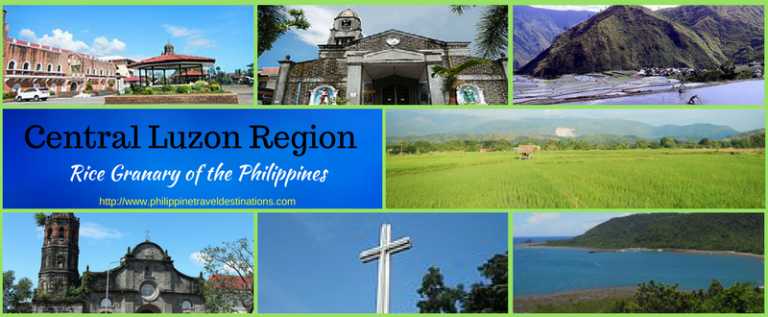Region 3 or Central Luzon was initially created in the effort to organize all 7 provinces of the wide central plain of Luzon. The purpose mainly circles on administrative convenience.
This region is the largest producer of the country’s rice supply. This is the reason why it is known as the “Rice Granary of the Philippines”.
Central Luzon also is considered the largest plain in the Philippines. More so, this is also known to be the third largest populated region amongst 18 other regions.
This is also one of the robust regions in the Philippines as it is located right at the crossroads of Asia Pacific which serves as the gateway for commerce. This is now the hub or entry point for varied American and European businesses that want to penetrate the Asian market.
Provinces & cities
The region is composed of seven provinces, twelve cities, and around 118 municipalities.
The seven provinces include Bataan, Aurora, Pampanga, Bulacan, Tarlac, Nueva Ecija, and Zambales.
The region’s 12 cities include San Jose del Monte and Malolos in Bulacan, Balanga in Bataan, Cabanatuan, Muñoz, Gapan, San Jose and Palayan in Nueva Ecija, Angeles and San Fernando in Pampanga, Olongapo in Zambales, and Tarlac in Tarlac.
Dialect
The dialect in Central Luzon is primarily Kapampangan. But micro group of languages in the region are also spoken such as the Sinauna, Sambal dialects and the Ayta dialects used by those in the mountains in Zambales, Pampanga, and Bataan
Places to go
Travel to Central Luzon and discover the famous tourist destinations in the region!
